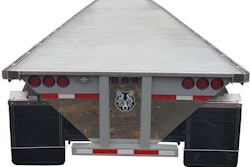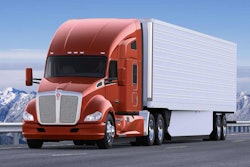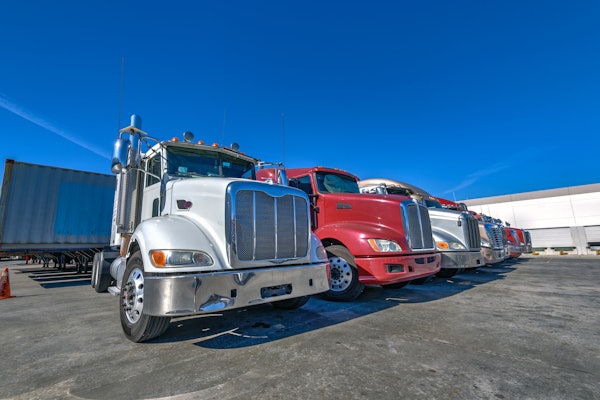Electric mobility may go a long way in slashing fuel costs, but fleets are equally drawn to the technology over the prospect of reducing their carbon footprint.
Some of us aren’t comfortable riding on the bleeding edge of new tech, preferring to let the early adopters work out the kinks and bugs. However, there are ways to embrace green efforts without plopping down a reservation check for an e-tractor.
There is a strong argument against electricity as a greener alternative to clean diesel, as producing electricity can be a carbon intensive process but more and more power plants are being weaned off coal.
According to the U.S. Energy Information Administration (EIA), there were about 8,084 power plants in the U.S. at the end of 2016.
The same agency said more than 2 percent of coal-fired plants (4.5 gigawatts of energy) came offline in 2017 and were replaced 11 gigawatts of natural gas and 8.5 gigawatts of wind – both greener ways to provide power.
Powertrain efficiencies aren’t the only ways trucking is trying to reduce its carbon tire print.
Michelin says that by 2048, all of its tires will be manufactured using 80 percent sustainable materials – like natural rubber, sunflower oil and limonene – and that 100 percent of all its tires will be recycled.
If a path to a recycling rate of 100 percent sounds ambitious, it is.
“Seventy percent of the tires in the world are recovered,” says Cyrille Roget, Michelin’s group technical and scientific communication director. “Compare that to only 14 percent of plastic today that is recovered.”
Michelin tires are currently made using 28 percent sustainable materials – 26 percent bio-sourced materials like natural rubber, sunflower oil and limonene, and 2 percent recycled materials like steel or powdered tires. In the years ahead, Michelin is investing in high technology recycling technologies to be able to increase this content to 80 percent sustainable materials.
“If we are able to reach these [targets], we could save 33 million oil barrels every year,” Roget adds.
For perspective, the U.S. consumes nearly 20 million barrels of oil every day – the equivalent of about 37percent of all the energy consumed in the country. But trucking’s share of that pie is falling.
According to the Diesel Technology Forum, trucks equipped with clean diesel engines and advanced emissions control systems made up 30 percent of the road last year.
Diesel Technology Forum Executive Director Allen Schaeffer says nearly 3 million heavy-duty diesel commercial vehicles introduced in the U.S. from 2011 through 2016 are now on the road, with the newest generation of commercial vehicles having saved 4.2 billion gallons of diesel fuel, and reduced 43 million tonnes of carbon dioxide (CO2), 21 million tonnes of nitrogen oxides (NOx) and 1.2 million tonnes of particulate matter.
It’s important to note that no green energy solution – be it clean diesel, electricity or natural gas – is 100-percent green.
The equipment used to mine the cobalt, zinc and copper needed in batteries isn’t always eco-friendly and neither is the process. Google ‘fracking’ and you’ll find more headlines about natural gas extraction that you could possibly read.
Making the sausage is often ugly. The end to green energy has to justify the means, but thanks to efforts like tire retreading and oil recycling at the fleet-level, you don’t always have to cut a giant check to get there.














